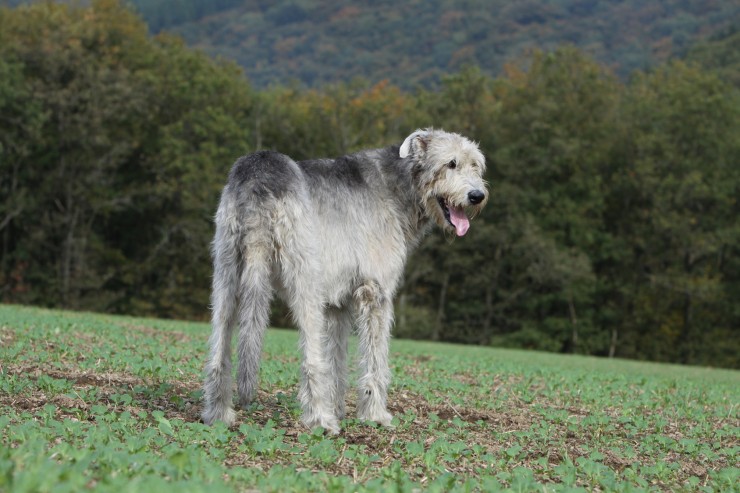
It has been said that 1 out of 5 canines is impacted by canine arthritis. While many dogs impacted by this joint problem are more mature dogs, arthritis also can occur in canines of all ages, health status, as well as breed. Observing the occasionally subtle canine arthritis symptoms is the 1st step in providing your pet with good care and comfort.
Osteo arthritis, also referred to as degenerative joint disease, is easily the most common form of arthritis in mature dogs. Osteo arthritis is a breakdown of cartilage in the joints that causes pain and change to the form of the joint and helps make the joint less able to endure stresses and strains. Age, extreme weight and lack of exercise are mostly accountable for this sort of arthritis, though younger dogs can get osteo arthritis due to genetic predispositions these were born with.
Dog arthritis symptoms could be slight in the early stages of arthritis. Your canine, who once adored running after tennis balls, no more wants to take part in that pastime. Your pet might get up a little bit slower from a relaxing position or sleep a tad bit more than before.
Additional canine arthritis symptoms include joint stiffness, limping, lameness, hunger reduction, inexplicable weight gain, lack of exercise, too much sleeping, unwillingness of doing recreation like walking, running and climbing, modifications in behavior and frustration.
Speak with your animal medical practitioner once these signs and symptoms are seen. Your vet will diagnose arthritis by physical check-up, blood test, image testing like x-ray or synovial fluid evaluation. There are several approaches to treat dog arthritis. They are effective to helping enhance your pet's standard of living.
Even though it seems counterproductive, exercise can in fact help aching joints. Arthritis impacts bone and also muscular mass and it are essential to preserve the muscular tonicity and overall flexibility through light to reasonable exercises. For canines, swimming can be an outstanding solution to exercise.
Prescription drugs are used when organic arthritis solutions are not successful in reducing pain. The drugs route for dog arthritis primarily concentrates on pain relief. NSAIDS provide quick and efficient relief of joint aches among canines. On the other hand, other medicines may even be prescribed by the veterinarian, as pain killers don't work on the joint problems like repair and regrowth. Amongst popular NSAIDS are Veda proven, meloxicam and many others.
It is crucial to discuss with your veterinarian as opposed to self-medicating your dog. Some human being pain medications may also be used on canines however, others, like aspirin, are in fact poisonous to canines. Never give your pet drugs not understanding how it will affect your pet.
If canines do not react to NSAIDS, corticosteroids could be given. The final option, should medicine fail is surgical treatment. It can be costly and might cause more hurting to the dog because of pain. Among surgical procedures performed for canine arthritis include hip replacing, arthroscopic surgery, as well as joint fusion and repair.
If the pet is clinically diagnosed with dog arthritis, talk with the veterinarian to make an alternative plan for treatment to help your pet live every day as pain and ache free as possible.
On our website we now offer a natural treatment for canine arthritis called Flexicose for pets.
 What Is Canine Megaesophagus?
What Is Canine Me
What Is Canine Megaesophagus?
What Is Canine Me
 Why Are Some Dogs Never That Hungry?
Why Are Some Dogs
Why Are Some Dogs Never That Hungry?
Why Are Some Dogs
 Simple Methods to Come Across a Great Dog Boarding NJ Vendor
You can also find a wide number of arguments that may sway
Simple Methods to Come Across a Great Dog Boarding NJ Vendor
You can also find a wide number of arguments that may sway
 Ten Reasons Why Cats Make Better Pets Than Dogs!
Ten Reasons Why C
Ten Reasons Why Cats Make Better Pets Than Dogs!
Ten Reasons Why C
 8 Gorgeous Rare Breeds Of Cat
8 Gorgeous Rare B
8 Gorgeous Rare Breeds Of Cat
8 Gorgeous Rare B
Copyright © 2005-2016 Pet Information All Rights Reserved
Contact us: www162date@outlook.com